For most soccer clubs, their shirts and indeed their kits are more than just a uniform. A club’s shirts are its identity and perform a functional role – to distinguish players from their opponents and to protect players from the elements and injury.
How do soccer clubs know which shirt to wear? In most professional soccer leagues like the English Premier League (EPL), it is the league itself that designates which shirts teams are supposed to wear for a given match.
We take a look at how the shirts that soccer clubs wear and the history of the football shirt.
Why Shirts are Important
A club’s shirt is its history – it’s heritage. Prior to the late 1850s, football matches were extremely difficult to watch since there wasn’t a way to distinguish the two teams playing in a match from each other or specific rules which necessitated the same.
After overcoming the growing pains associated with new endeavors over the next few decades, clubs slowly began embracing the idea of having somewhat official kits which mostly consisted of a shirt or jersey and shorts. Players often provided their own socks and shoes since such items were considered to be a matter of preference.
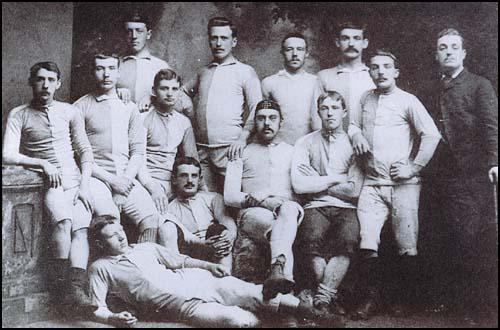
A common feature of early kits were a club’s colors and badge, which were meant to speak to a club’s history and give the club an identity both on and off the pitch. During this period, it wasn’t uncommon for clubs to have matching club colors since there weren’t that many colors to choose from. Clubs also mostly had one kit – a development that was likely to bring its own set of challenges sooner rather than later.
One such challenge was witnessed in 1891 in a Football Association-governed match that featured the Wolves and Sunderland where both clubs showed up for the match wearing the same kit. What followed was confusion with fans, players and officials alike failing to tell the team’s apart. The incident became an unfortunate but necessary tale that sparked some much-needed change.
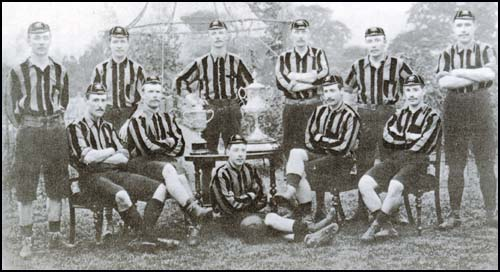
The Different Shirts
Following the Wolves-Sunderland incident of 1891, clubs adopted the idea of having at least two kits (and shirts). Technological advancements in the 1950s increased choices of color prompting clubs to acquire a third kit. These three kits are today known as the Home, Away, and Alternate kits.
All professional soccer leagues have rules which govern which kits are to be worn. In the EPL, existing rules ensure that participating clubs wear kits of a “sufficient contrast” so that officials and spectators (both in-person and those watching on television) can be able to tell them apart.
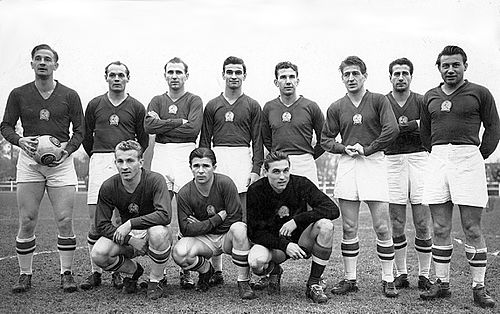
Home kits are meant to be worn by the home/hosting team whereas away kits are meant to be worn by the away team. Most home kits are made up of a club’s colors. Sponsors may come and go and designs may change but a club’s colors remain.
On the other hand, away kits allow clubs with similar club colors such as Manchester United and Liverpool (red) and Chelsea and Everton (blue) to adhere to the rules. Though the shirts of the aforementioned teams often come in different shades of the same color, they fail to satisfy the rules requirements on contrast.
Alternate kits are often made up of unique colors and serve to distinguish a club from their opponents in cases where the preferred distinction cannot be achieved by both the home and away kits.

Shirts may be the most noticeable items in a kit but require to be paired with other kit items for proper distinction to be possible. Items of seemingly lesser importance such as shorts and socks also play a vital role, particularly for match officials.
Before the advent of the video assistant referee (VAR), match officials used differences in the shorts and socks of the two opposing teams to inform their decision-making on contentious issues such as whether or not a player is offside.
Leagues like the EPL have attempted to accommodate the roles the three kits play and have even overturned rules that previously caused inconveniences. An example of a rule that has since been overturned is one which stated that clubs wear an away or alternative kit no more than eight times a season.
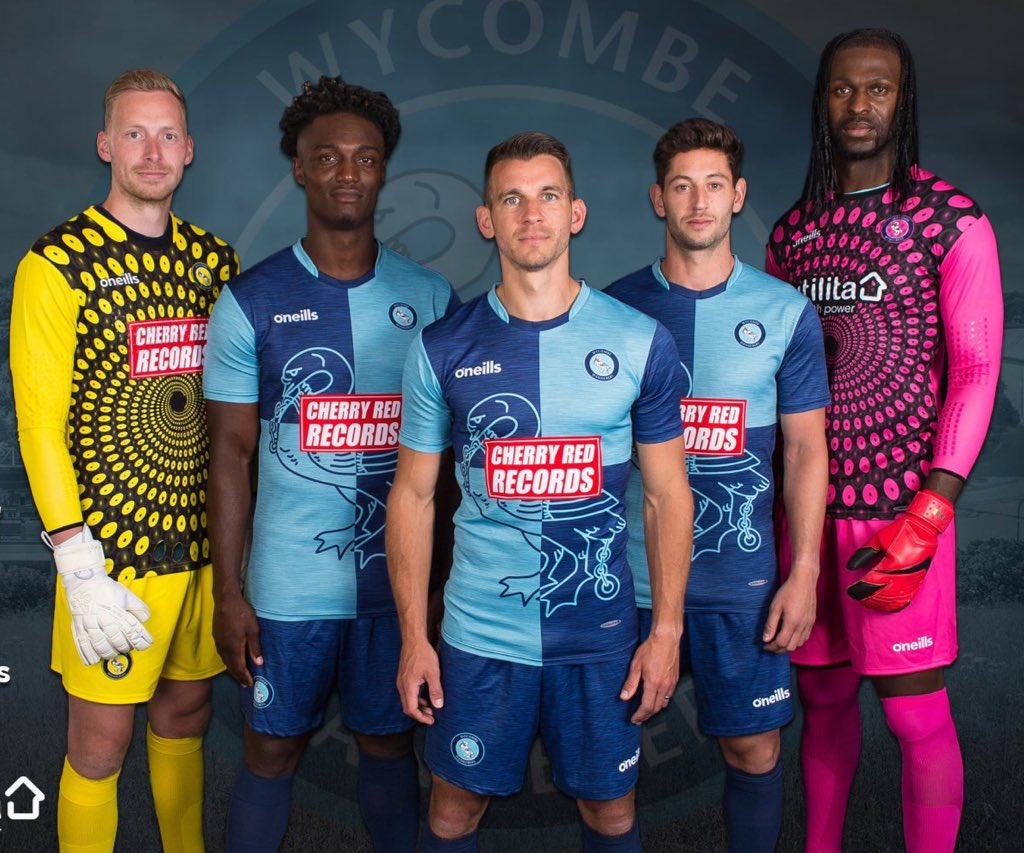
Football Association (FA) rules not only apply to outfield players but also goalkeepers, who are supposed to wear colors that are distinct from players on either team and match officials. Goalkeepers can however be allowed to play if their shirts match and neither have alternatives.
How Shirts are Chosen
Where shirt choice is concerned, the spirit of the rule is just as important as the letter. For this reason, home teams are usually afforded first choice, with most often opting for their home kit (and shirt). Some home teams may however for an alternate shirt for personal reasons.
A good example is a 2013 UEFA Champions League match between Napoli and Arsenal where the home team (Napoli) opted to play in their alternative kit because the Italian side considered it to be lucky. They were partly right since Napoli went on to win the match 2-0. However, of the two, it was Arsenal that proceeded from the group stages after finishing second in their group.
EPL rules further state that in instances where an away team’s second kit clashes with a home team’s home kit, the away team would have to wear their alternate kit. The rule is premised on the reasoning that the away team’s alternate kit is most likely different than both the home team’s home and away kits.
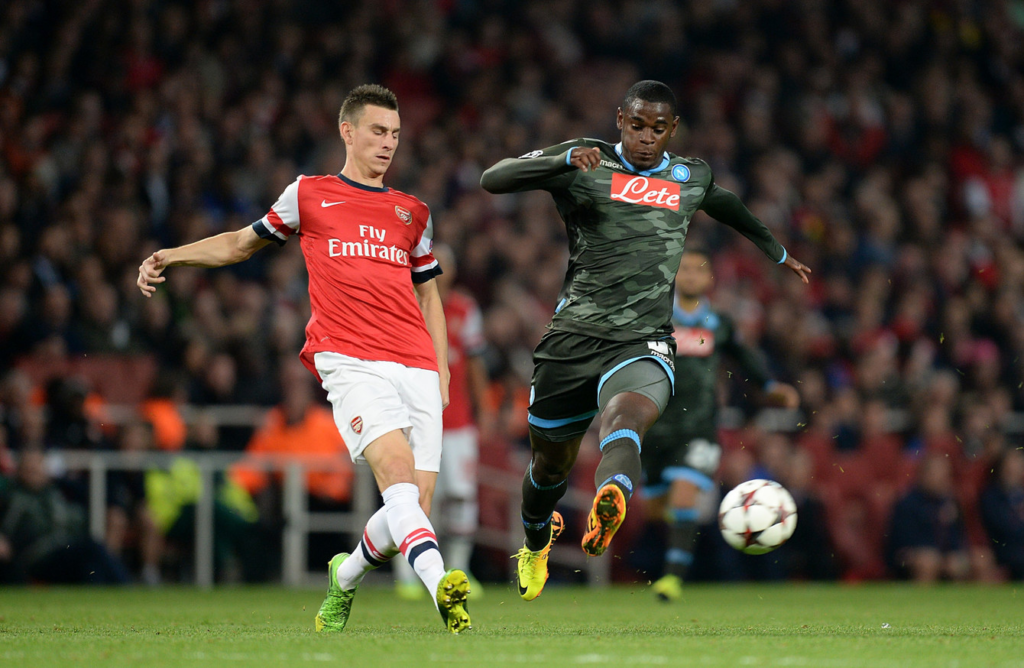
If a visiting team’s home kit is different from a home team’s home kit, the visiting team may be allowed to wear their home kit as there will still be a distinction. Manchester United and Chelsea are good examples of this. Chelsea can be allowed to wear its home kit (blue) when they visit United since there is a clear contrast between it and the Red Devils’ home kit (red).
Since a shirt’s primary role is to eliminate confusion between the two teams participating in a match, the match’s officials and the team’s spectators, clubs may be asked to both wear away kits to improve visibility.
A more recent example was in 2016 during a UEFA Champions League quarter finals match between La Liga juggernauts Barcelona and league rivals Atletico Madrid. Though both the clubs’ home, away and alternate shirts were different, they both were instructed to wear their away shirts to “improve visibility” for both officials and spectators.
